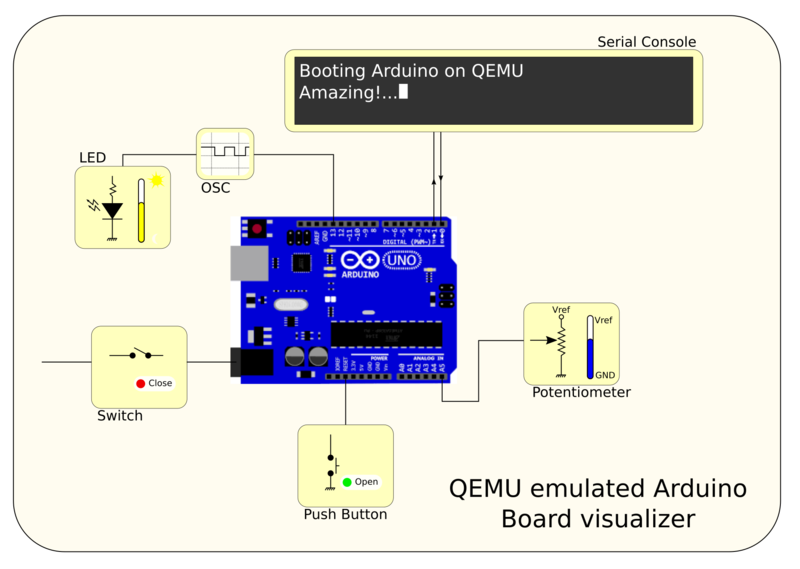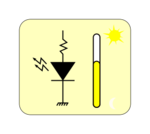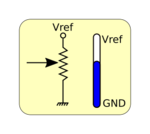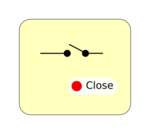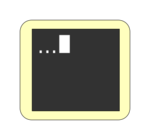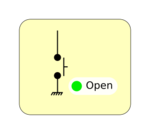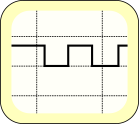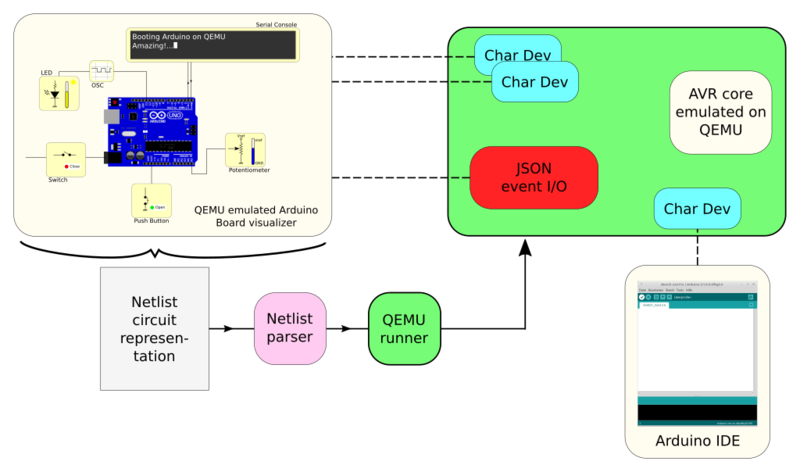Internships/ProjectIdeas/ArduinoVisualisation:detail
The QEMU emulated Arduino board visualizer is a platform for QEMU based board emulation interfacing.
Using the inteface a board is defined as a group of *widgets* connected to the Ardunio. Each widget is defined as a block that can have two features:
- User interaction: the user can modify the parameters of the widget.
- Visualization: the widget will show updates of the state of the circuit.
Widgets
Led with brightness: the widget indicates the brightness of the led.
| |
| Potentiometer: the widget modifies the middle point of the potentiometer configuring a variable voltage to the ADC. | |
Switch: the widget will be used to turn on/off all the board. The state of the switch is represented with a colored box with text:
| |
| Serial console: the widget will show the updated serial output. | |
| Button: the widget could be modify by the user. While the button is pressed the pin is connected to GND and HiZ when not. | |
| Oscilloscope: the widget could be connected to any pin showing the updated signal generated by QEMU. |
Execution flow
When the visualizer is run with a board a netlist is selected. The netlist is parsed by the app looking for the widgets used and generating a QEMU execution line.
The QEMU execution line will generate all the interface devices needed and will let ready the core for code execution. The app will use the interface devices generated by QEMU to update the visualizer and interact with the core.
Once QEMU is running the Arduino IDE can be used to program the core and the interface to visualize/modify the board.

